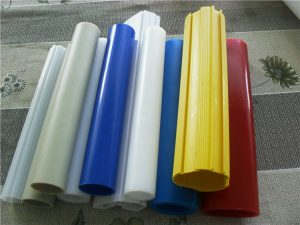
The Problems, Causes, and Recommended solutions for Plastic Pipe Extrusion
Polyolefin melts are viscoelastic. Two common phenomena occur during processing, namely off-mould swelling and melt breakage. The following is a list of common abnormalities in pipe production and their causes and treatments.
The Issues, Causes, and recommended Solutions for Plastic Pipe Extrusion.
Dull surface
1. Moisture in the raw material
2. Inappropriate melt temperature
3. Uneven extrusion of molten material from the extruder
4.The sizing sleeve is too short
5.The forming section of the mouth die is too short
1.Pre-treatment of raw materials
2.Adjust the temperature
3.Increase the back pressure, use a finer filter and design a suitable screw structure
4. Lengthening of the sizing sleeve
5. Lengthening of the forming section of the mouth mould
Surface spots
- Moisture in the raw material
- Air bubbles on the tube in the water tank
- Dry the raw material
- Remove air bubbles. Adjust the process temperature.
Shiny transparent lumps on the outer surface
- Head temperature too high
- Cooling water too small or insufficient, or uneven
- Lower the head temperature
- Cooling water turned up or cleaning the sizing sleeve
The smooth outer surface of the pipe has a regular pattern, the pipe tends to adhere to the sizing sleeve Increase the flow of cooling water to clean the waterway or reduce the speed of the pipe outer surface of the deep ripples, the sizing sleeve mouth mould is not aligned, keep the sizing box and mouth mould in the same axis.
Rough inner surface
- Wet raw material
- Low core mould temperature
- The gap between the mouth mould and the core mould is too large.
- Mould shaping section too short
1. Drying of the raw material, or pretreatment
2. Increase the temperature or extend the holding time
3. Change the core mould
4. Change the mould with a longer shaping section
The inner wall of the tube is corrugated
- Variation in extruder output, unstable feeding
- Slippage in traction
- Uneven cooling of the tube
1. Reduce the temperature of the screw feeding area.
2. Adjust traction air pressure.
3. Adjust the water circuit
Pits in the inner wall of the tube
- Large moisture content of raw material
- Poor dispersion of filler material not plasticized, impurities
- Preheating and drying of the raw material
- Change the material, adjust the temperature, clean the material
Scorched particles on the inner wall of the tube
- Extruder head and inner wall of die not clean
- Local temperature too high
- Serious accumulation of material in the die
- clean the die
- Check whether the thermocouple is normal.
- Clean the die and lower the die temperature appropriately
Variation of outer diameter or wall thickness at any time
- Changes in extrusion speed
- Changes in traction speed or slippage
- Unstable discharge (uneven return grain size)
- instability of the melt
- Uneven cooling
- Check the haul-off machine
- Increase the pressure appropriately
- Sieving or granulation of raw materials
- Increase the material temperature, reduce the line speed and increase the die gap
- Clean up the water circuit
The uneven wall thickness of pipe
- Die not aligned
- Uneven die temperature
- Traction machine, sizing sleeve, mouth die not aligned
- Distance between sizing sleeve and die too far
- Concentric adjustment of the die
- Adjust the temperature
- Keep on the same axis
- Close the distance
Bad fusion seam
- Short mould section
- Low melt temperature
- Plastic dispersion in the mould head
- Poor headstock construction
- Use of a long mouth mould section
- Increase the material temperature
- Clean the mould head
- Replace or modify
Premature damage perforation of the tube
- Blistering
- Air bubbles
- Impurities
- Poor dispersion of pigments or fillers
- Drying of raw materials
- Dehumidify or lower the temperature
- Clean the material or use a filter
- Adjust the temperature or change the raw material
Premature brittle damage to the tube
- Low material temperature
- High temperature and decomposition of raw materials
- Increase the material temperature
- Clean out the mould and lower the temperature
Pipe cracking
- Low head temperature, fast extrusion speed
- Cooling water too large
- Increase the temperature and reduce the speed
- Reduce cooling water flow
Poor roundness and bending of the tube
- Misalignment of mouth die and core die
- Uneven temperature around the head
- Cooling water too close to the mouth mould
- Cooling water spraying is too strong
- Cooling water spraying too small
- Water level is too high
- Excessive traction machine pressure
1. Adjust concentric
2. Adjust the temperature
3. Adjust the position of the cooling water
4. Adjust the angle of the nozzle
5. Cleaning the waterway
6. Drain water
7. Adjusting air pressure
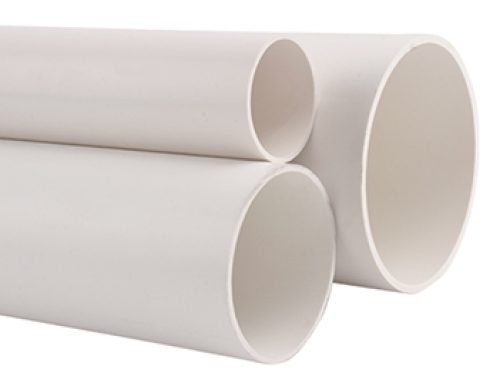

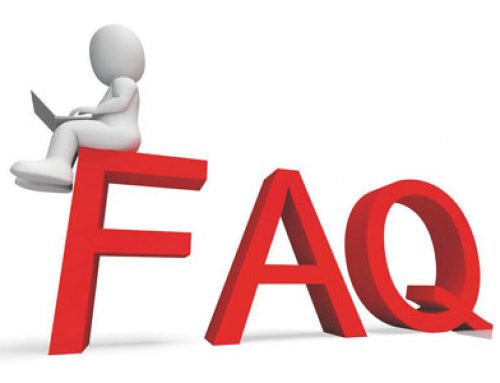
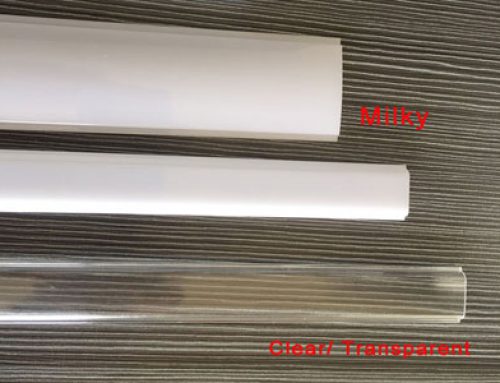
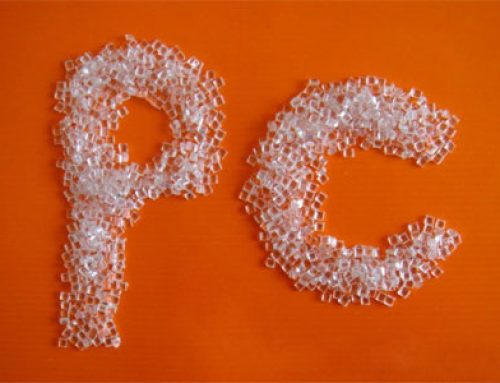
Leave A Comment